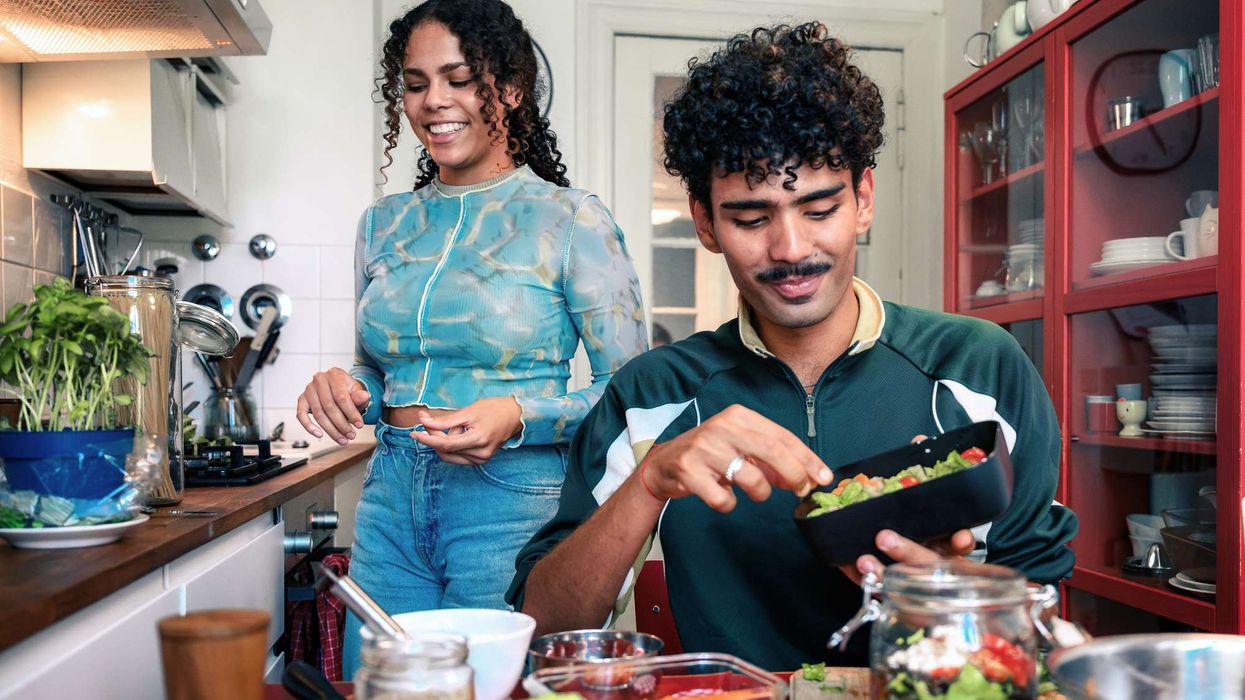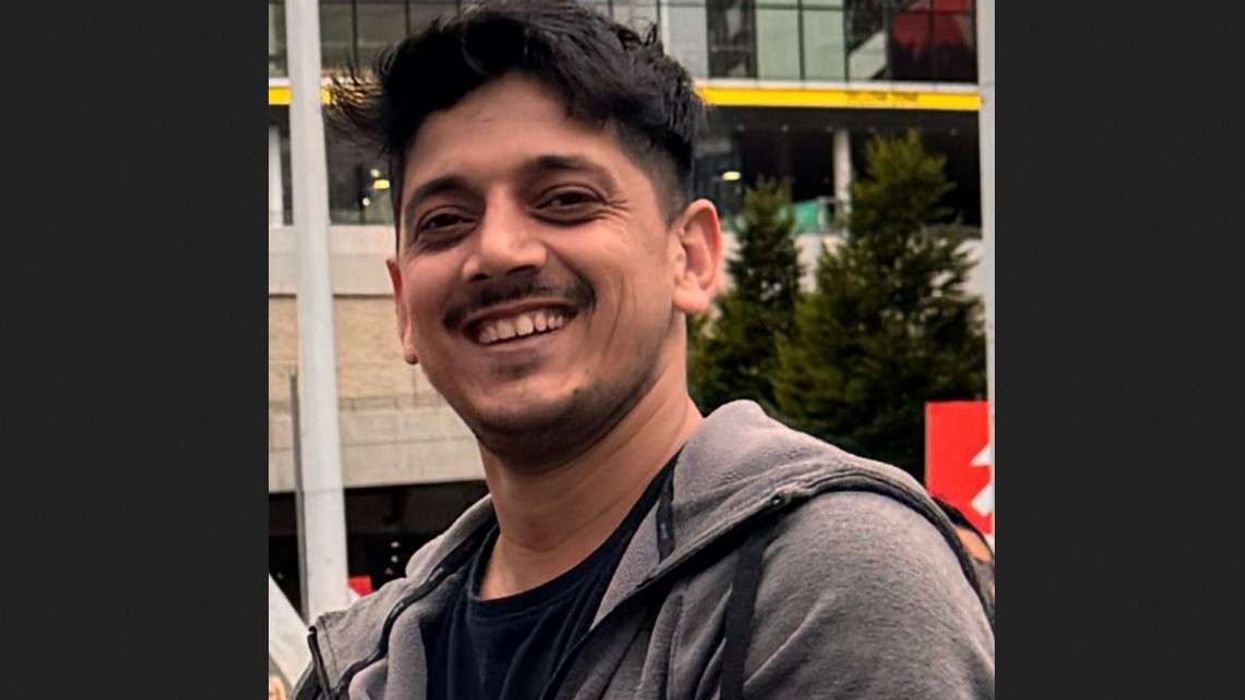More than 40 Indian-Americans and citizens of India have reportedly lost their lives due to the deadly coronavirus and the number of those having tested positive for the dreaded disease is likely over 1,500, according to community leaders in the US, now the global COVID-19 hotspot.
The US has become the world’s first country to have registered more than 2,000 COVID-19 deaths in a single day with 2,108 fatalities reported in the past 24 hours, while the number of infections in America has crossed 500,000, according to latest Johns Hopkins University data.
New York, which has emerged as the epicenter of the COVID-19 in the US, along with adjoining New Jersey, account for majority of the death cases reported so far. Notably, New York and New Jersey have one of the highest concentrations of Indian-Americans in the country.
Among those who have died in the fight against the coronavirus, at least 17 are from Kerala, 10 from Gujarat, four from Punjab, two from Andhra Pradesh and one from Orissa. Majority of them are more than 60 years of age, except for one who was of 21 years of age.
According to a list of COVID-19 deaths compiled by PTI from various community leaders, more than a dozen Indian-Americans have died in the State of New Jersey, mostly around the Little India areas of Jersey City and Oak Tree Road.
Similarly, at least 15 Indian-Americans have reportedly died in New York.
Reports of the deaths of four Indian-Americans have also come from Pennsylvania and Florida. There has been confirmed deaths of at least one Indian-American in both Texas and California.
Reports indicated that at least 11 Indian nationals have died in the US due to the coronavirus, with a majority of them being from New York-New Jersey area.
“We have not seen a situation like this in the past,” said Bhavesh Dave, who runs a commercial real estate business on the Oak Tree Road area of New Jersey often called as Little India.
Among those who lost their lives were Hanmantha Rao Marepally, CEO of Sunnova Analytical Inc. He passed away in Edison, New Jersey. He is survived by wife and two daughters.
Chandrakant Amin, a popular face at Indian Square in New Jersey City, and known for distributing flyers for businesses has also died of the novel coronavirus. He was 75.
More than 50 friends and family members of Mahendra Patel, 60, joined his last rites through an online video platform this week, after city officials in New Jersey told them that not more than nine of them could attend the funeral in person. At least one Indian-American died inside his home in New Jersey.
Community leaders said they estimate more than 400 Indian-Americans have tested positive in New Jersey and more than a 1,000 in New York. In New York City several Indian-American taxi drivers have tested positive.
There are reports of several community leaders being tested positive for coronavirus, but most of them requested anonymity.
Meanwhile, community leaders have started online and social media campaigns to find plasma donors so as to help in the treatment of those in serious condition. At least two of them were successfully able to find a plasma donor on Friday.
One Neila Pandya in Jersey City shared a video on social media on Friday, urging community members not to take the virus pandemic lightly.
Speaking in Gujarati, she said that all five of her family members are seriously ill, of which local hospital has admitted only two of them, as there were not enough beds.
Rasik Patel, 60, from Jersey City who was taken off the ventilator a few days ago is reportedly in a serious condition.
While there is sense of panic among Indian Americans, some of the community leaders have come out with a helping hand. For instance, Ajit, Sachin and Sanjay Modi from Rajbhog Sweets have been providing free vegetarian food at Jersey City Medical Center.
Dave from Oak Tree Road in New Jersey has started a fund raiser campaign to donate 1,000 face masks to health care professionals and first responders.
There are reports of several local restaurants in New York, New Jersey, Maryland, Virginia, Florida, and Pennsylvania distributing foods to their nearest hospitals.
World Hindu Council of America volunteers have been supplying free meals to Lowell General Hospital- ER workers in Boston and to first responders and doctors in Indianapolis. It also distributed 85,000 gloves to the local police, fire, and emergency medical technicians in New Jersey.





 Mareyah Bhatti , a sustainability strategist and passionate home cookMareyah Bhatti
Mareyah Bhatti , a sustainability strategist and passionate home cookMareyah Bhatti






